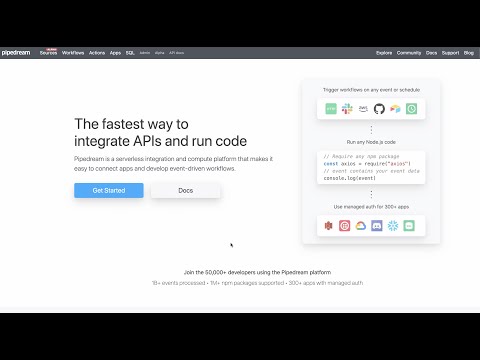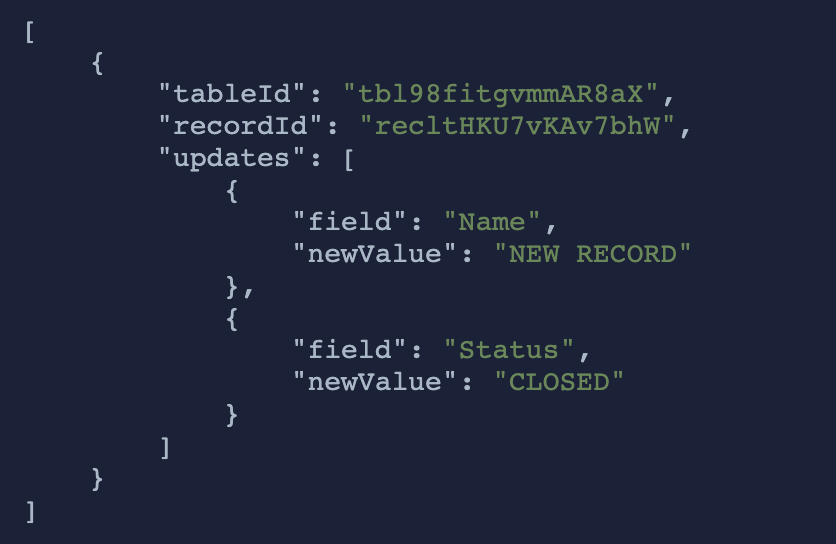What do you want to automate
with IP2Location and Slack?
Prompt, edit and deploy AI agents that connect to IP2Location, Slack and 2,800+ other apps in seconds.
Trusted by 1,000,000+ developers from startups to Fortune 500 companies
Popular Ways to Connect IP2Location with Slack#
Popular IP2Location and Slack Triggers#
Emit new event when a new message is posted to one or more channels
Emit new event when a message was posted in a direct message channel
Emit new events on new Slack interactivity events sourced from Block Kit interactive elements, Slash commands, or Shortcuts
Emit new event when a specific keyword is mentioned in a channel
Popular IP2Location and Slack Actions#
Query IP address using IP2Location API. See the docs here for how to use this API.
Send a message to a public or private channel. See the documentation
Send a message to a user, group, private channel or public channel. See the documentation
Configure custom blocks and send to a channel, group, or user. See the documentation
Send a message as a threaded reply. See postMessage or scheduleMessage docs here
Overview of IP2Location#
The IP2Location API enables you to uncover valuable information about an IP address. With it, you can pinpoint a user's geographic location, such as country, region, city, and even latitude and longitude coordinates. This data is essential for various tasks like localizing content, analyzing traffic, or enhancing security by detecting potentially malicious activity. Using Pipedream, you can automate actions based on IP location data, integrating it with hundreds of other services without writing any code.
Connect IP2Location#
import { axios } from "@pipedream/platform"
export default defineComponent({
props: {
ip2location: {
type: "app",
app: "ip2location",
},
ip: {
type: "string",
default: "142.113.220.31"
},
package: {
type: "string",
default: "WS1"
}
},
async run({steps, $}) {
return await axios($, {
url: `https://api.ip2location.com/v2`,
params: {
key: `${this.ip2location.$auth.api_key}`,
ip: `${this.ip}`,
package: `${this.package}`,
},
})
},
})
Overview of Slack#
The Pipedream app for Slack enables you to build event-driven workflows that interact with the Slack API. Once you authorize the app's access to your workspace, you can use Pipedream workflows to perform common Slack actions or write your own code against the Slack API.
The Pipedream app for Slack is not a typical app. You don't interact with it directly as a bot, and it doesn't add custom functionality to your workspace out of the box. It makes it easier to automate anything you'd typically use the Slack API for, using Pipedream workflows.
- Automate posting updates to your team channels
- Create a bot to answer common questions
- Integrate with your existing tools and services
- And much more!
Connect Slack#
import { axios } from "@pipedream/platform"
export default defineComponent({
props: {
slack: {
type: "app",
app: "slack",
}
},
async run({steps, $}) {
return await axios($, {
url: `https://slack.com/api/users.profile.get`,
headers: {
Authorization: `Bearer ${this.slack.$auth.oauth_access_token}`,
},
})
},
})
Related Videos#


Community Posts#
